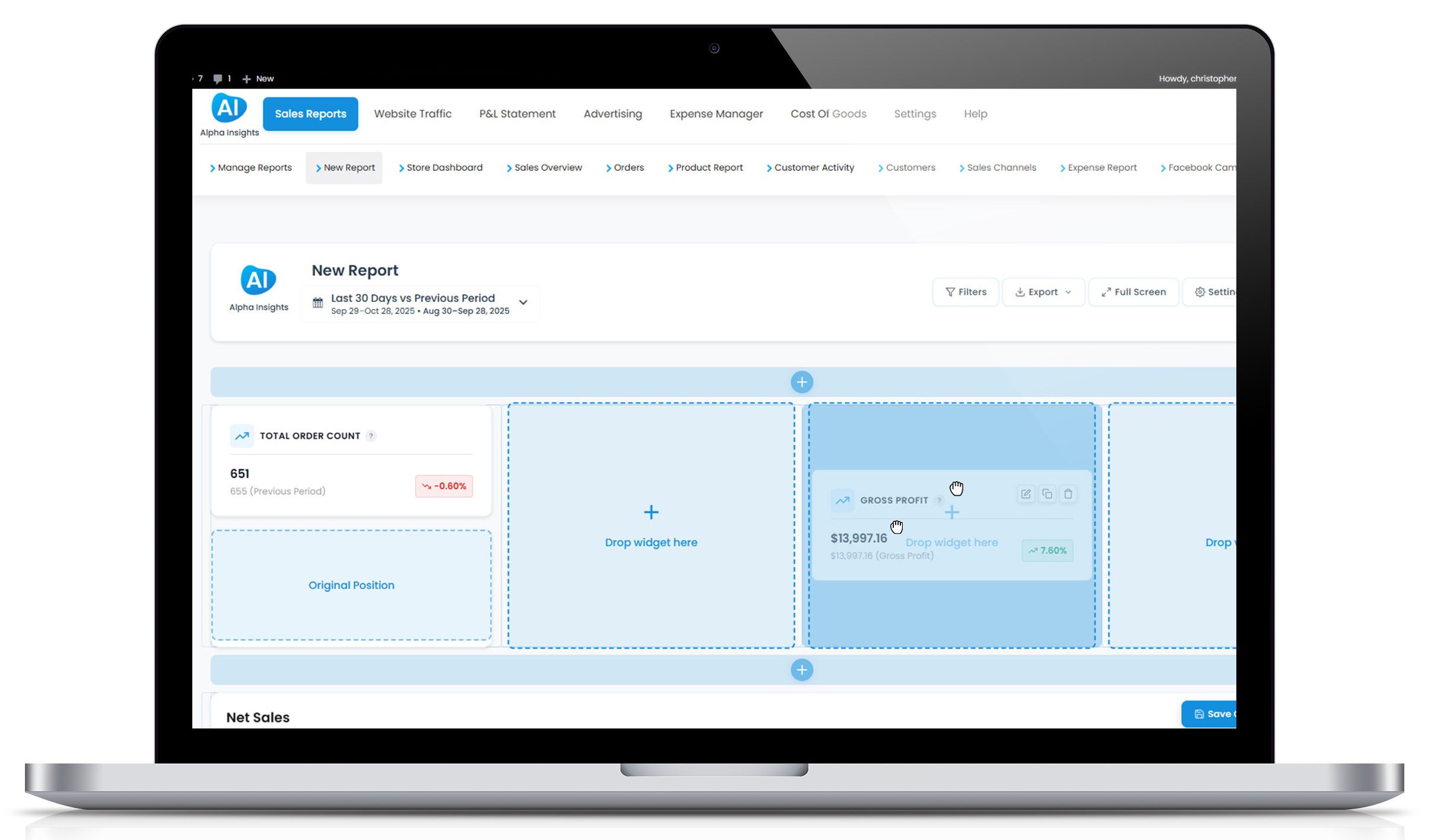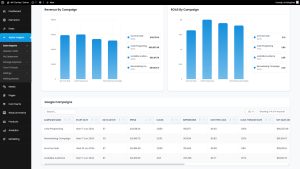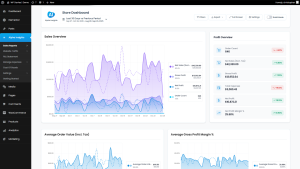How to Use A/B Testing to Optimize WooCommerce Product Pricing
Pricing your WooCommerce products isn’t a one-and-done deal. Set your prices too high, and customers will bounce. Set them too low, and you leave money on the table.
So, how do you find that sweet spot—the price that maximizes revenue while keeping customers happy? A/B testing.
A/B testing (also known as split testing) helps you determine which pricing strategy works best by comparing different price points and analyzing real-world customer behavior.
In this guide, we’ll walk you through how to run effective A/B tests on your WooCommerce product pricing, track key metrics, and use Alpha Insights to make data-driven pricing decisions.
What Is A/B Testing?
A/B testing involves showing two (or more) versions of a product’s price to different segments of your audience and comparing performance metrics—like sales conversions and revenue.
For example, you might test:
- Price A: $29.99 vs. Price B: $34.99
- Discount A: 10% off vs. Discount B: 15% off
- Bundle A: Buy 1, Get 1 50% Off vs. Bundle B: Buy 2, Get 1 Free
By running these tests, you get clear, data-backed insights into which pricing model leads to the most profit—not just the most sales.
Why A/B Testing Is Critical for WooCommerce Pricing
Guesswork is the enemy of profitability. Here’s why you should A/B test your WooCommerce pricing:
- Maximize revenue: Find the price that generates the highest revenue, not just the most orders.
- Reduce cart abandonment: Pricing friction is one of the biggest reasons customers abandon their carts.
- Optimize profit margins: Customers may be willing to pay more than you think.
- Adapt to competition: Prices fluctuate, so testing keeps you competitive.
With smart A/B testing, you can ensure that your pricing strategy is backed by real data—not just gut feelings.
Step 1: Define Your Pricing Hypothesis
Before you start testing random price points, define a clear hypothesis. Ask yourself:
- Will raising the price by 10% increase revenue without hurting conversions?
- Does offering bundle pricing encourage higher average order values?
- Would free shipping at a higher price point improve conversions?
Your hypothesis should focus on a specific pricing change and the expected outcome.
Step 2: Select the Right Products to Test
You don’t need to test every product in your WooCommerce store. Instead, focus on:
- Best-selling products: These already have demand, making it easier to measure pricing impact.
- High-margin items: Small price adjustments can have a bigger impact on profitability.
- Frequently abandoned items: If a product has high cart abandonment rates, pricing might be the issue.
Step 3: Set Up Your A/B Test
1. Use Price Testing Plugins
Since WooCommerce doesn’t offer built-in A/B testing, you’ll need a price-testing plugin. Options like “Pricing Deals for WooCommerce” or “Advanced Dynamic Pricing” allow you to run price variations without manual updates.
2. Split Your Audience
For a true A/B test, your audience should be randomly split into two groups:
- Group A: Sees the original price
- Group B: Sees the new test price
This ensures that results aren’t skewed by external factors like seasonal demand or marketing promotions.
3. Track Key Metrics
The goal isn’t just to see which price sells more—it’s to see which price maximizes revenue and profit.
Track key metrics like:
- Conversion Rate: Percentage of visitors who purchase at each price point.
- Average Order Value (AOV): Do higher prices encourage customers to spend more?
- Revenue Per Visitor: Which price generates the most total revenue?
- Customer Lifetime Value (CLV): Are higher-paying customers more likely to return?
Use Alpha Insights to track these metrics seamlessly and determine the true impact of your price tests.
Step 4: Run the Test for a Meaningful Time Frame
Don’t jump to conclusions too soon—pricing A/B tests need time to collect reliable data.
How Long Should You Run a Test?
- At least two weeks to account for buying cycles.
- Until you have at least 1,000 visitors per variant (or enough to be statistically significant).
- Consider external factors—avoid testing during seasonal spikes or major promotions.
Step 5: Analyze Your Results
Once you’ve gathered enough data, compare the performance of each price point.
How to Determine the Winning Price
- Did the new price increase total revenue without lowering conversions too much?
- Did you see a healthier profit margin overall?
- Was there a significant impact on cart abandonment rates?
If your A/B test reveals a clear winner, update your pricing storewide and start A/B testing another product.
Step 6: Continuously Optimize Your Pricing Strategy
Pricing isn’t a “set it and forget it” strategy. Markets shift, customer behavior evolves, and competitors adjust their prices constantly.
Ongoing Pricing Optimization
- Test pricing bundles, tiered pricing, and seasonal promotions.
- Experiment with psychological pricing (e.g., $19.99 vs. $20.00).
- Monitor external factors like industry trends and competitor pricing.
With Alpha Insights, you can track long-term pricing trends and continuously refine your pricing strategy based on real-time data.
Final Thoughts
A/B testing isn’t just for landing pages—it’s a powerful tool that can significantly increase your WooCommerce store’s profitability.
By methodically testing different price points, tracking key metrics, and analyzing data through Alpha Insights, you can ensure that your pricing strategy is maximizing revenue—without scaring customers away.
Don’t leave your profits to guesswork. Start A/B testing your WooCommerce product pricing today, and take the guesswork out of your pricing decisions.




